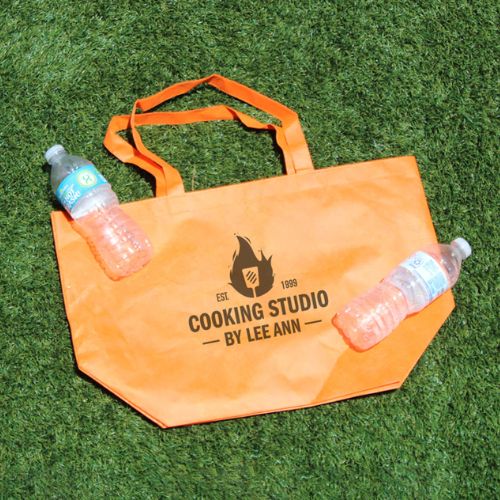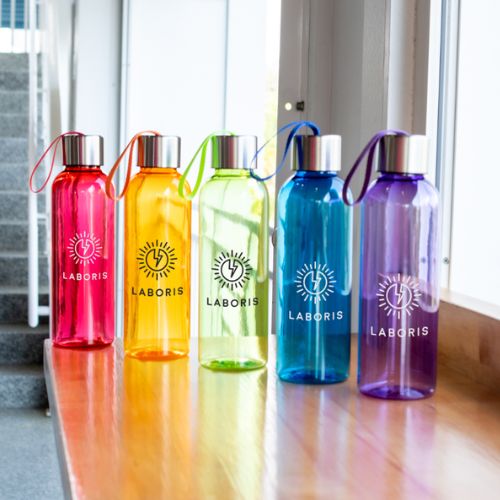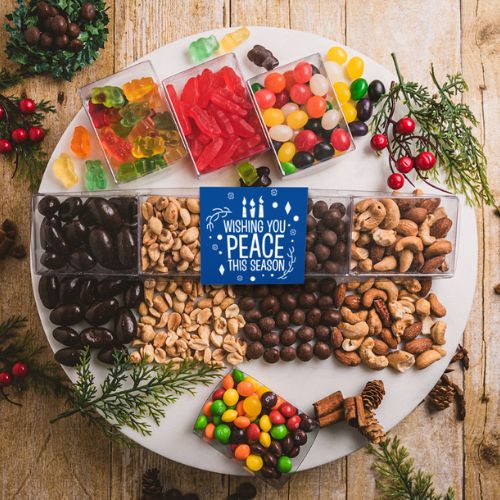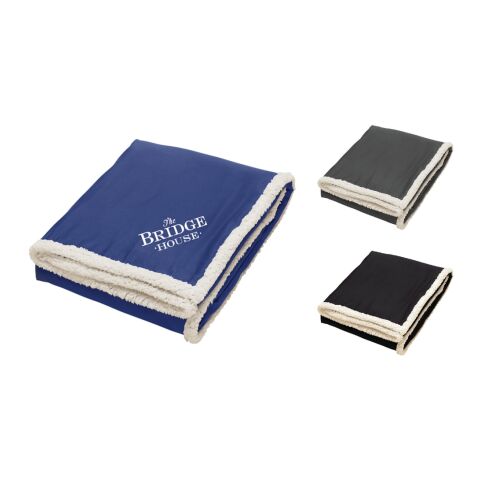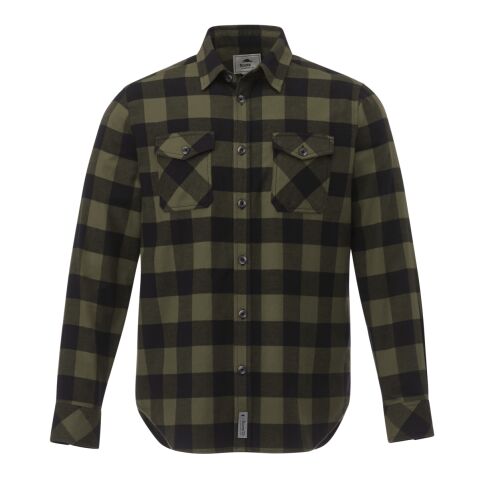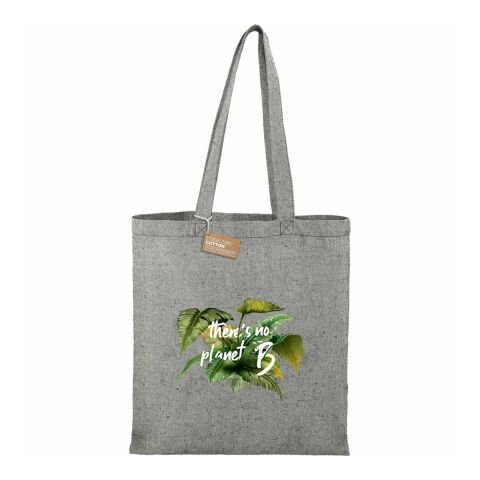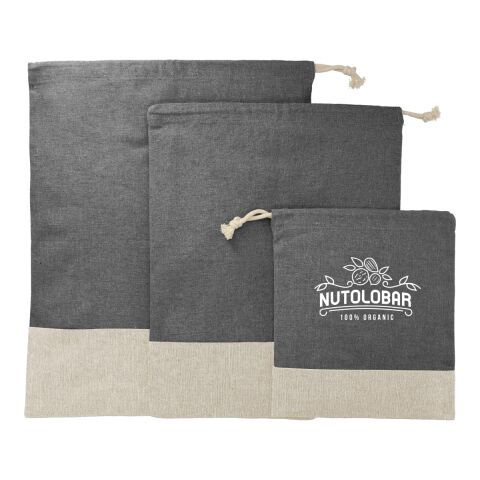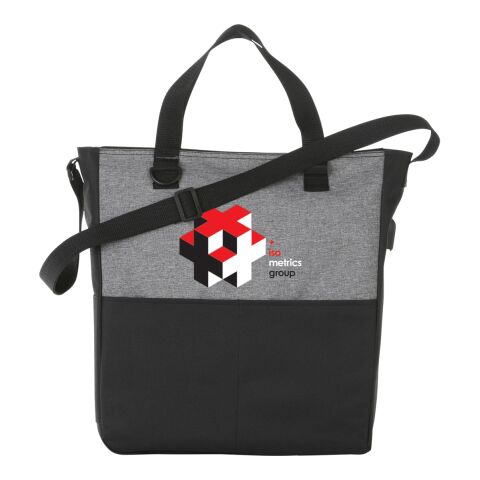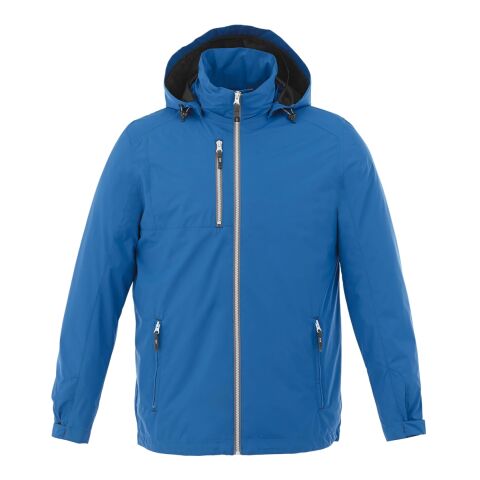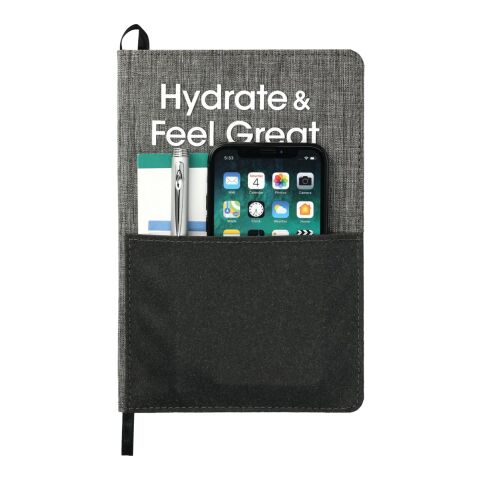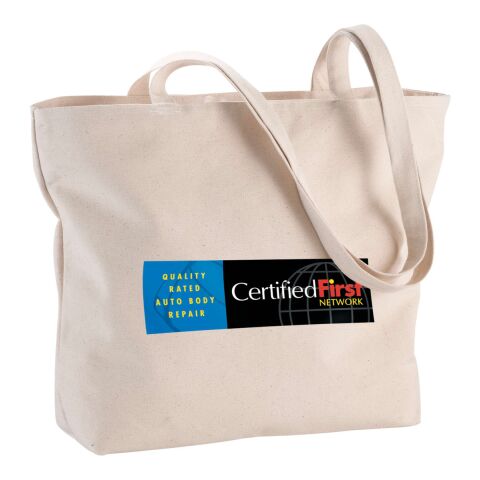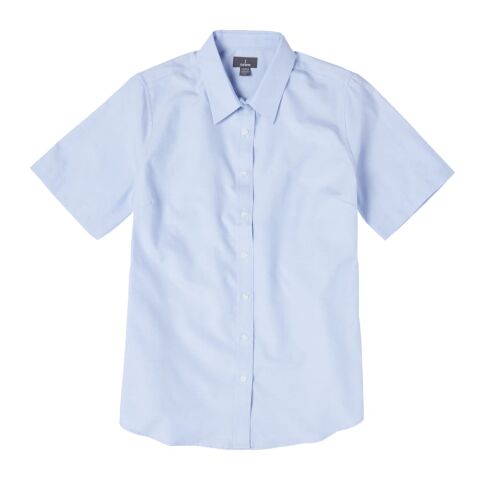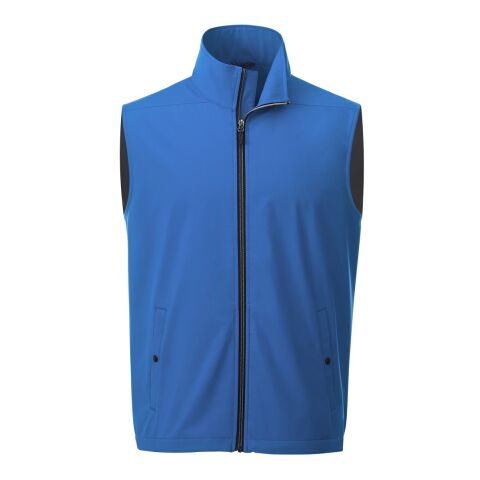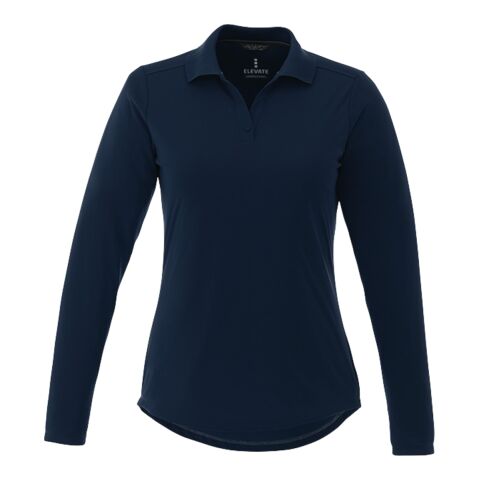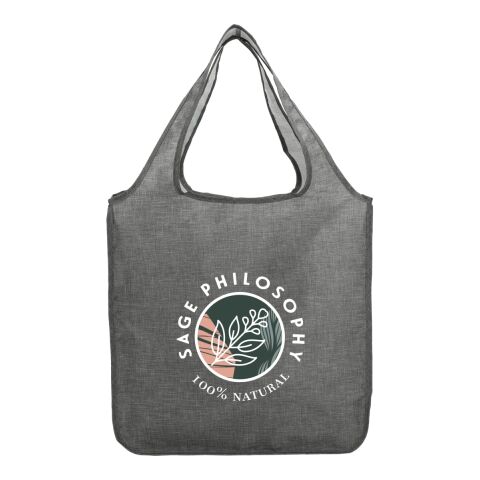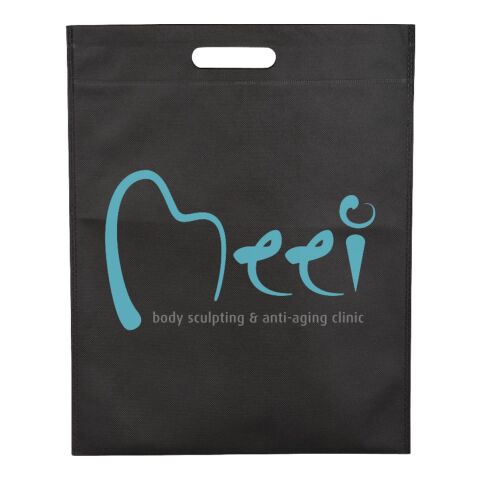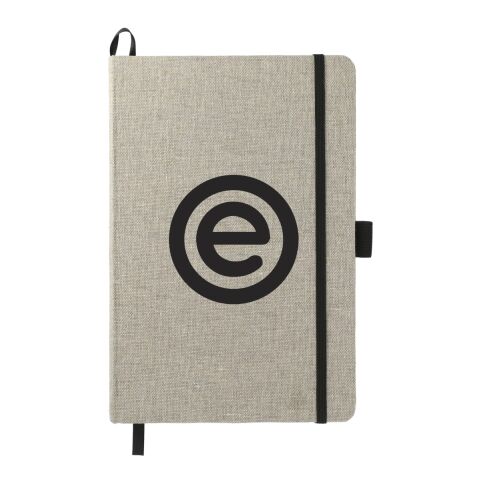Transfer printing
What is transfer printing?
Transfer printing, which can also be called textile printing, or sublimation printing, is an indirect printing process. This type of printing also belongs to screen printing. The difference between transfer and screen printing is that with transfer printing, the artwork is not directly printed on the promotional item, but only on a special foil, also known as transfer paper. Anyone who has already tried iron-on printing at home, where the designs are also ironed onto textiles using iron-on transfers, will be familiar with transfer printing. This type of printing is mostly used for textiles, such as hoodies and sweatshirts, shirts or jackets used. However, other materials such as metals, plastics and ceramics can also be printed using this process.
How exactly does transfer printing work?
In this process, the desired artwork is either punched out of transfer paper and cut to fit, or printed on a white transfer film, then punched out and cut to size, and then finally applied to the fabric to be printed with a transfer press. This is how it generally works for textiles. It is particularly important that constant pressure and constant heat are applied, otherwise the design would come loose or peel off after a while. The back of the transfer papers is coated with a sticky substance that ensures the design adheres to the product materials and, when transferred correctly, ensures long-lasting quality and durability. As long as the film has not yet been applied to the material to be printed, the sticky side is covered with a protective film so that the adhesive cannot wear off beforehand.
In addition to normal transfer printing, there is also the special form of digital transfer. These forms of printing do not differ greatly from each other. However, the digital form offers an unlimited variety of colors, unlike the normal transfer print which is limited to a maximum of five colors per print. The color is printed on a very special transfer paper using a digital printer and applied to the material to be printed using the transfer press. However, with this variant, the printed logo clearly loses quality during the washing process, since the film crumples and the color becomes paler.
What are transfer papers?
In order to present an advertising message or motif perfectly, there are many different transfer papers to choose from. In addition to the white paper, which can be printed with a company logo, artwork, emblem or a completely different design, there are also specially processed papers that can come up with "special effects.” If the desired printed image should not only look good, but also feel good, velvety transfer paper can be just the thing. In addition to the interesting look, the printed article stands out due to its cozy feel and creates positive associations and empathy for the advertising company. A brilliant appearance is also easily possible by having the promotional item printed with reflective transfer paper. If the printed item should look very eye-catching, there are even glittered foils in all shades. In general, transfer foils are characterized by their impressive robustness and longevity when coming into contact with the elements, like sunlight or environmental influences such as high humidity, rain or snow. This makes textile printing extremely attractive, especially for textiles such as backpacks, jackets, tote bags or umbrellas.
Transfer printing for promotional items – what is possible?
As already mentioned, the transfer printing process is best suited for textile advertising material. Regardless of whether it is bags, caps, jackets or special work clothing such as aprons, with high-quality textile finishing such as transfer printing, the advertising company always remains positive in people's minds. Regardless of how often the promotional item is thrown in the washing machine, the company logo or artwork always stays in place thanks to the high wash resistance of the transfer paper.
Other fabrics can also be finished with this printing process. Ceramic products, such as cups and drinkware, look much better with a professional logo and give customers and employees a good start to the day. Whether at home or on the go, promotional giveaways printed with textile printing can always be at the side of the recipient. Lunch boxes and other plastic products are also ideal for transfer printing. Transfer printing is also particularly good on metal items such as tumblers or jewelry boxes. There are no limits in which you can best present your advertising message through transfer printing.
What color options are there for transfer printing?
This type of printing allows the image to be printed to be displayed in up to five (5) colors. The amount of colors and the magnificent depth of color with its high opacity offer numerous possibilities to realize the ideas exactly as it is intended for the artwork. Whether glittering, reflective or velvety soft, transfer printing fits all kinds of projects. With digital printing, an unlimited number can even be accessed, which can be particularly useful if very specific color gradients or a color combination from for a specific corporate identity has to be made.
What are the costs for transfer printing?
Unlike screen printing, transfer printing is significantly more expensive. On the one hand it really depends on the number of colors to be used. Of course, the more colors that need to be printed, the more the final price increases. This type of printing is also very complex, as it often involves a lot of manual work. Finally, the punched-out motifs have to be cut out precisely by hand so that the edges are clear and sharp. The number of pieces, the size of the design and the object to be printed, such as a watch or textile objects, also play a major role in the overall cost.
The advantages of transfer printing at a glance
- Many color combinations and effects are possible due to the different transfer foils which makes it perfect for creating a promotional item that stands out from the crowd.
- A logo applied by transfer printing impresses with its high resistance to overall wear and tear through washing and weathering.
- Digital printing enables an unlimited number of colors to perfectly implement your wishes, especially if it is needed for a specific corporate color scheme.
- Transfer printing is a high-quality finishing technique for placing an advertising message with a target group.
The disadvantages of transfer printing
- Transfer printing produces large amounts of paper waste. Thus, transfer printing is less environmentally friendly than other options.
- In contrast to screen printing and digital printing, the transfer printing process is significantly more time-consuming and expensive.
Our conclusion
Transfer printing is an ideal way of printing textiles and other objects. Transfer printing is particularly recommended for advertising campaigns like stationary shops that want to use printed promotional items, such as apparel to push their business. Before deciding on one or the other printing variant, you should compare all the options to save time and money. Ideally, a consultation should take place in the respective shop, because every shop has different printing options. If you wish to speak with our experts, then fill out this contact form to get in touch with our team.


